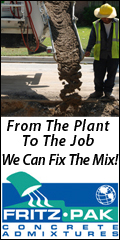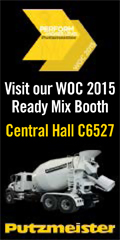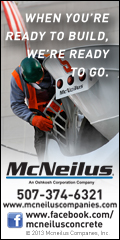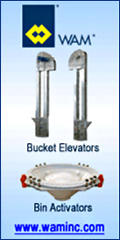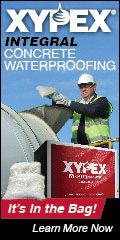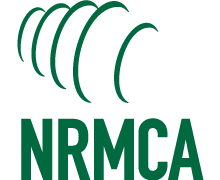
| Archive | nrmca.org | E-Store | Conferences & Events | Certifications | InFocus | Membership Directory |
Massachusetts Air Reserve Base Goes Concrete in a Big Way NRMCA Producer member Construction Services Inc, a division of Carroll Concrete, recently completed a 17,000 cubic yard runway (seen below) at the Westover Air Reserve Base in Chicopee, MA. Westover hosts the largest Air Reserve Base in the U.S. in terms of area. Until 2011, it was a backup landing site for the NASA Space Shuttle and in the past few years has expanded to include a growing civilian access airport sharing Westover's military-maintained runways. It encompasses Active and Reserve Component activities of the Navy, Marines, Army and mainline Air Force functions from installations closed by the Base Realignment and Closure (BRAC) process.
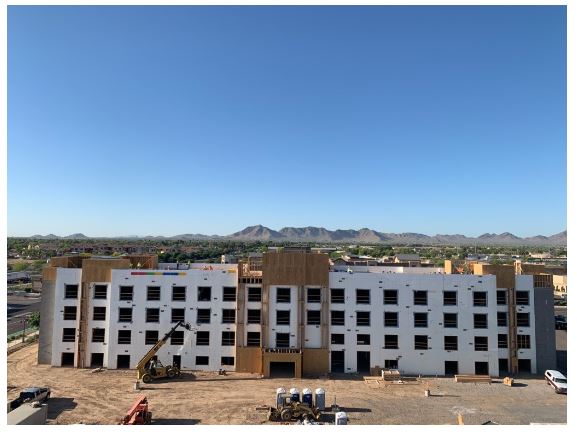 "There’s many interesting stories having to do with this project," said NRMCA Senior Director, National Resources, Doug O’Neill. "One story is how Construction Services rallied its troops, working from two dry batch plants, loading trucks at 2 a.m. to be on the job at 3 a.m. Construction Services Division Manager Craig Dauphinais explained how the company delivered the concrete over a 25-day period and visually inspected each and every load. At the same time, it still had to maintain its existing customer base, despite considerable challenges with the hours of service requirements for its drivers." "The scheduling issues turned out to be one of the most difficult aspects of this project," Dauphinais told O'Neill.
"Another interesting story is how concrete ended up replacing the existing asphalt runways on this project," O’Neill said. The host unit at Westover is the 439th Airlift Wing of the Twenty-Second Air Force, Air Force Reserve Command, which maintains a fleet of 16 C5A/B Galaxies, very large and heavy aircraft. There are also F-15's flying in and out of Westover. One of the reasons concrete was chosen over asphalt, besides the obvious reason of concrete being able to handle the extreme weight of these large aircraft, was that the jet engines of the much smaller F-15s, with their severe angle at which they take off, were melting areas of the runway which were asphalt. Concrete solved that problem".
For more information contact Doug O’Neill at doneill@nrmca.org.
|
|
|
